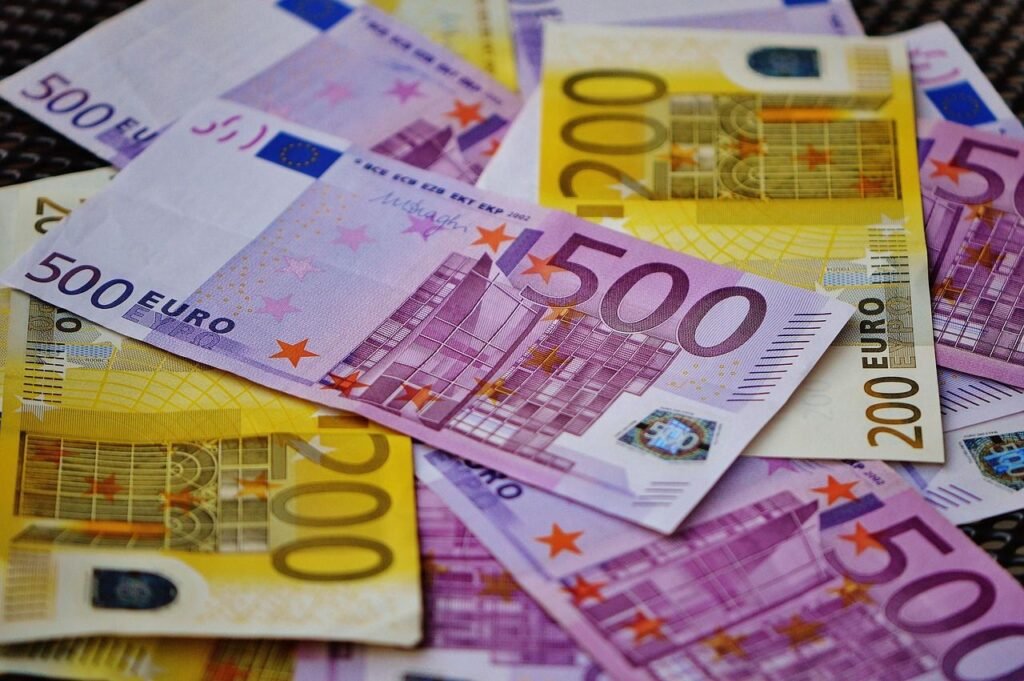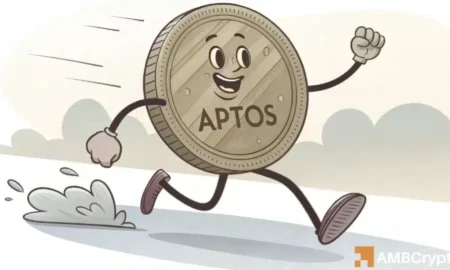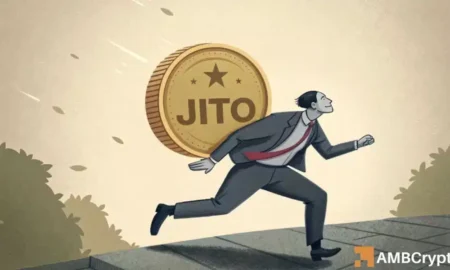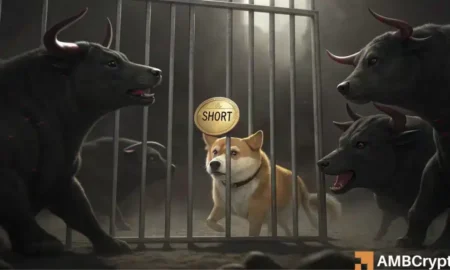The Rise of EUR-Pegged Stablecoins Amid Declining Dollar Dominance
As Donald Trump took office, his administration’s unpredictability affected the US economy, pushing the dollar’s status as the world’s dominant reserve currency into question. This volatility has sparked a notable shift in the cryptocurrency landscape, where USD-pegged stablecoins may begin to lose their dominance. In particular, EUR-pegged stablecoins could capitalize and potentially emerge as a viable alternative.
The Declining Value of the Dollar
Since Trump’s inauguration, the US dollar has depreciated to a three-year low against a range of major currencies, experiencing a 5% drop in approximately six months. Factors such as erratic trade policies, ineffective fiscal strategies, and general international discord have undermined investor confidence. The volatility has driven investors towards traditionally safer assets like gold, and surprisingly, increased interest in the euro as a reserve asset.
Emerging Alternatives to USD-Pegged Stablecoins
Despite Tether’s existing dominance, which commands roughly 70% of the stablecoin market, emerging reports suggest a growing interest in stablecoins backed by the euro. Currently, 12 notable euro-pegged stablecoins exist compared to 56 USD alternatives, but this disparity may soon change. Interest in alternative currencies is rising, particularly with the euro showing signs of recovery against the dollar, leading to predictions that more EUR-based coins could gain footholds in the crypto market.
Favorable European Regulations
The European Union has turned a corner in its attitude towards cryptocurrency. With the implementation of the Markets in Crypto-Assets (MiCA) framework, the EU has made strides toward regulatory clarity that fosters innovation in the crypto space. Unlike Tether, other euro-pegged stablecoins could benefit significantly from these regulations, allowing them to thrive in a more compliant environment. Major exchanges and crypto issuers, like Crypto.com and OKX, are now obtaining EU approvals, suggesting a more favorable landscape for new entrants.
Acknowledging Mixed Sentiments
The perception of stablecoins remains mixed. The Bank for International Settlements (BIS) has expressed concerns about their potential stability risks, yet the market cap for the broader crypto ecosystem has soared to over $250 billion. This development signifies the growing acceptance and utility of stablecoins as practical alternatives. Recognizing the market’s viability may likely shift sentiments towards euro-based counterparts as they gain market credibility.
The Road Ahead for EUR-Stablecoins
With Trump’s ongoing policies likely continuing to damage the dollar’s standing, the outlook for euro-pegged stablecoins looks promising. Though complete de-dollarization remains improbable, the upward trend of the euro has profound implications for Western capital flows and investments. As Europe accelerates its regulatory reforms, EUR stablecoins could well position themselves as formidable contenders in the global finance landscape.
Conclusion: A New Era for Crypto
By 2028, the crypto landscape may see a substantial increase in EUR-pegged stablecoins, challenging American counterparts amid risks of recession and declining investor confidence in the dollar. In this evolving environment, the euro could leverage its strengths to reclaim a competitive edge, reshaping the dynamics of the stablecoin market for years to come. Europe’s newfound openness to innovation signals a critical opportunity for capitalizing on the perceived misfortunes of the American economy, ultimately benefiting the global crypto ecosystem.

















